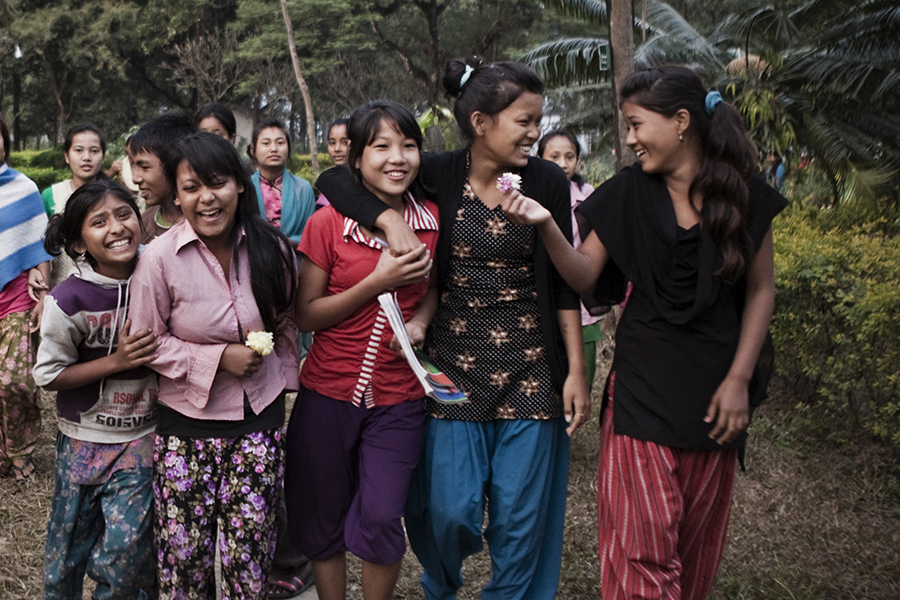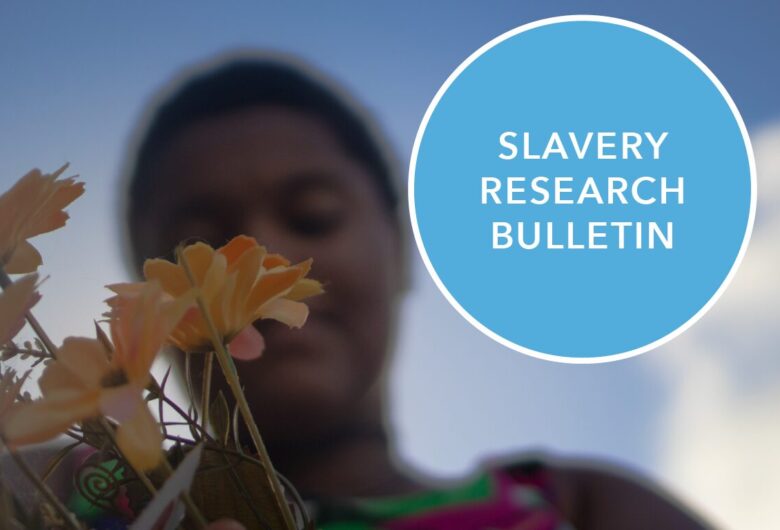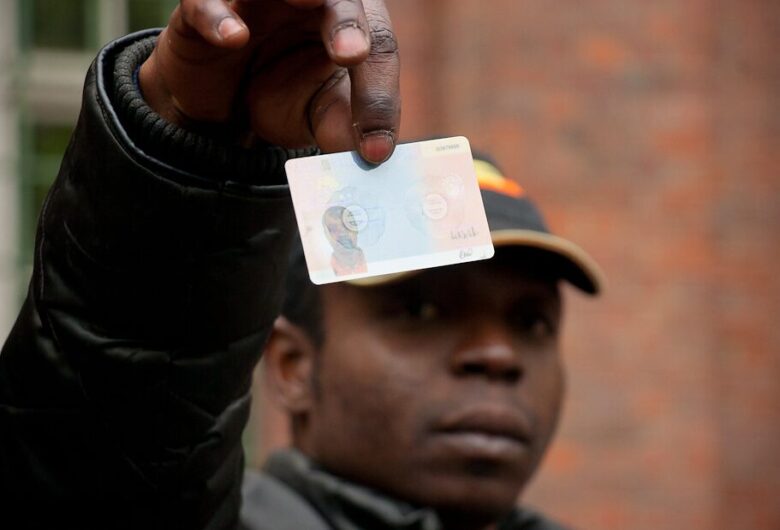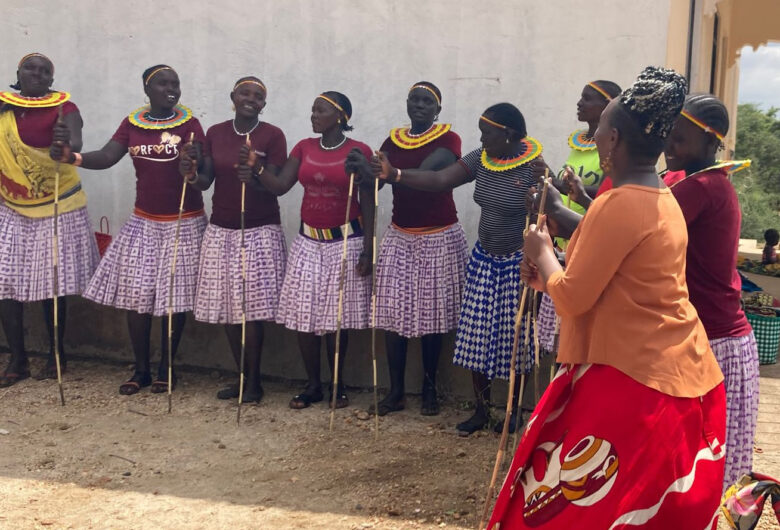Welcome to the Slavery Research Bulletin, the Freedom Fund’s monthly brief designed to bring you new & compelling research from the global anti-slavery movement.
Findings on the worst forms of child labour
The 2017 Findings on the Worst Forms of Child Labor report by the U.S. Department of Labor discusses the efforts of 132 countries to eliminate child labour and forced labour. The report notes that the crime persists in every sector of the global economy, with almost half of the 152 million children in child labour worldwide engaged in hazardous work. While the worldwide trend of child labour is decreasing, it is rising in some regions such as sub-Saharan Africa.
Global food and drink firms evaluated on their forced labour efforts
Consumer goods giant Unilever topped KnowTheChain’s Food and Beverage Benchmark, ranking companies on their efforts to reduce the risk of forced labour in their supply chains. Although most of the firms assessed have improved their practices since 2016, the report found that the companies’ average score was just 30 out of 100, suggesting they all need to step up action to ensure ethical production.
How can girls safely and permanently exit exploitative work?
An Evidence in Practice paper published by the Freedom Fund identifies the services and systems needed for girls to speedily, safely and permanently leave the adult entertainment sector (AES) in Kathmandu, Nepal, where the commercial sexual exploitation of children is common. The study finds that one major challenge is economic: of the 87 young females surveyed in the study, respondents who exited the AES sector earned 35 percent less than those still working in the sector.
What’s driving demand for minors in Kathmandu’s adult entertainment sector?
A new Freedom Fund report seeks to understand the profiles of those who use the services of children in sexualised work ranging from flirting, kissing to intercourse. After conducting in-depth interviews with 62 owners, managers and customers of venues where the sexual exploitation of children is common, we discovered a range of narratives that are used by these groups to normalise, justify and excuse the exploitation of girls.
Buyers rarely consider trafficking when purchasing sex
An article in the Social Work & Social Sciences Review studies the experiences of buyers of sex with a focus on human trafficking and exploitation. A survey of 763 buyers of sex in the European Union revealed that buyers view the sale of sex as a transaction between two consenting adults. They typically do not report instances of abuse even though a third of surveyed buyers have witnessed or suspected the exploitation of women.
Read on…
- An article in the International Monetary Fund magazine explores how Southeast Asia’s refugees are victimised by human traffickers, but the crime usually goes unreported.
- In its latest report, ODI argues that we must study child labour patterns among girls and boys separately, as work done by girls is largely invisible and often undercounted.
- A review in Global Health Research and Policy summarises evidence on physical and mental health problems among commercial fishers/seafarers in Southeast Asia.
And finally…
During the first six months of 2018 the Freedom Fund directly impacted the lives of 73,124 vulnerable people at risk of modern slavery. Read about our impact so far.
News & updates
For more news and updates about the Freedom Fund, visit our Newsroom. You can also view archived issues of our bulletin here. You can also subscribe to our bulletin here, and read archived issues here.
Contact us
Our team would love to hear from you. Please email:
[email protected].
Photo credit: Katie Orlinsky, Legatum Limited, 2018



